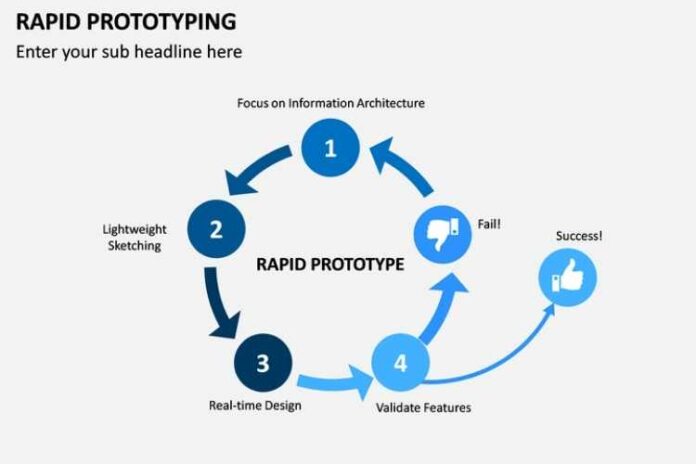You might have seen that rapid prototyping in China and many other countries is really taking off, but what does it involve? How does it work? Keep reading because you’ll find all the answers today!
What’s Rapid Prototyping?
While you might think of rapid prototyping as a new technology, its roots can be traced back to the late 1980s. As an additive manufacturing technology, rapid prototyping is effectively the foundation of 3D printing. Whenever you see people talking about 3D printing, they’re discussing rapid prototyping.
Back in 1987, stereolithography technology entered the industry, and this used laser technology to solidify ultraviolet light-sensitive liquid polymers. After much investment and hard work, other solutions have since been introduced including Laminated Object Manufacturing, Fused Deposition Modelling (FDM), Selective Laser Sintering, and many more.
All in all, it took around five years for the first 3D rapid prototyping system to come as it wowed experts in 1992. Eight years later, the first system using Polyjet technology sent waves through the industry.
How Does Rapid Prototyping Work?
As you may know, the whole process begins with a design on a computer. One of the most wonderful things about 3D printing machines is that they’re now available for everyday consumers as well as manufacturers. Whether in a home or a factory, the process begins with CAD (computer-aided design) software.
Without a virtual design to work from, the machine cannot make anything. It relies on the virtual image before then printing down layers of a sheet, liquid, or powder material. As these layers are placed, they attach to one another until the user is left with the final product.
How does the technology transform the CAD-created design into the final product? Through a standard data interface (STL file format). Using triangular facets, the file estimates the shape of the whole item or specific parts.
Every year, it seems as though the technology in the 3D printing niche takes another step forward. Originally, machines were only available in a commercial setting and models would take a significant amount of time. Now, machines are efficient enough to sit in homes. Depending on the design, they can produce models in a handful of hours.
Naturally, what you can expect from 3D printing depends on the size of the machine, the size of the project, and other factors.
Rapid Prototyping for Businesses
As mentioned, the 3D printing industry continues to make huge strides forward. However, this doesn’t mean that a business wants a 3D printing machine taking up space in the office. If you need rapid prototyping but without everything that comes with it, the good news is that you can outsource this task to an external service.
The fact that technology continues to improve has made machines widely accessible, and this means that third-party 3D printing services are affordable. What’s more, they ensure the highest quality when it comes to the final product.
When you partner with the right company, they will even offer feedback on initial designs and ideas. Therefore, you get the project right at the first attempt without wasting valuable resources.
If you want to protect intellectual property, your choice of an external rapid prototyping company is even more important. You’ll need a supplier with an ISO/IEC 27001:2005 since this protects your IP. All you need to do is produce an NDA and have the company sign the document to protect everything.
Rapid prototyping is effectively 3D printing whereby a computer software design is transformed into a real 3D object using complex layering techniques.








